Sicario is a 21st century western. It is also a war film. It is a film about liminal spaces and the inevitable chaos that unfolds at the edge of the frontier.
Sicario is directed by Denis Villeneuve and bears many of the hallmarks of the director’s mainstream Hollywood work — the polished production, the oppressive atmosphere, the cold detachment. However, Sicario is perhaps best understood as part of writer Taylor Sheridan’s “frontier trilogy.” This disconnected trio of films from three distinct directors updates the western for a new age, juxtaposing that quintessential American genre with a larger story of decline and collapse.
Villeneuve’s Sicario would be followed by David Mackenzie’s Hell or High Water. In Hell or High Water, the descendants of settlers who had displaced the indigenous population were themselves being dispossessed by the relentless churn of capitalism. Taylor Sheridan would wrap up the triptych with Wind River, a film more explicitly focused on the experience of those Native American communities that had originally populated the frontier.
Sicario is set at the literal edge of the frontier, albeit to the south rather than the west, against the established border between Mexico and the United States. The western genre is built on the fantasy of expansion, a continent waiting to be tamed by settlers pushing westward in an expression of “manifest destiny.” That makes a border by definition the end of the western, a barrier on that mythic frontier.
Sicario is fascinated with boundaries. Villeneuve populates the film with shots structured around clear lines and demarcations: the suburban communities trying to impose order on the desert, the fences that delineate the border, the overhead shots of long stretches of highway that cut across the terrain like scars, even the familiar road markings visible in headlights in the dead of night. Characters are always aware of the lines in the world around them.
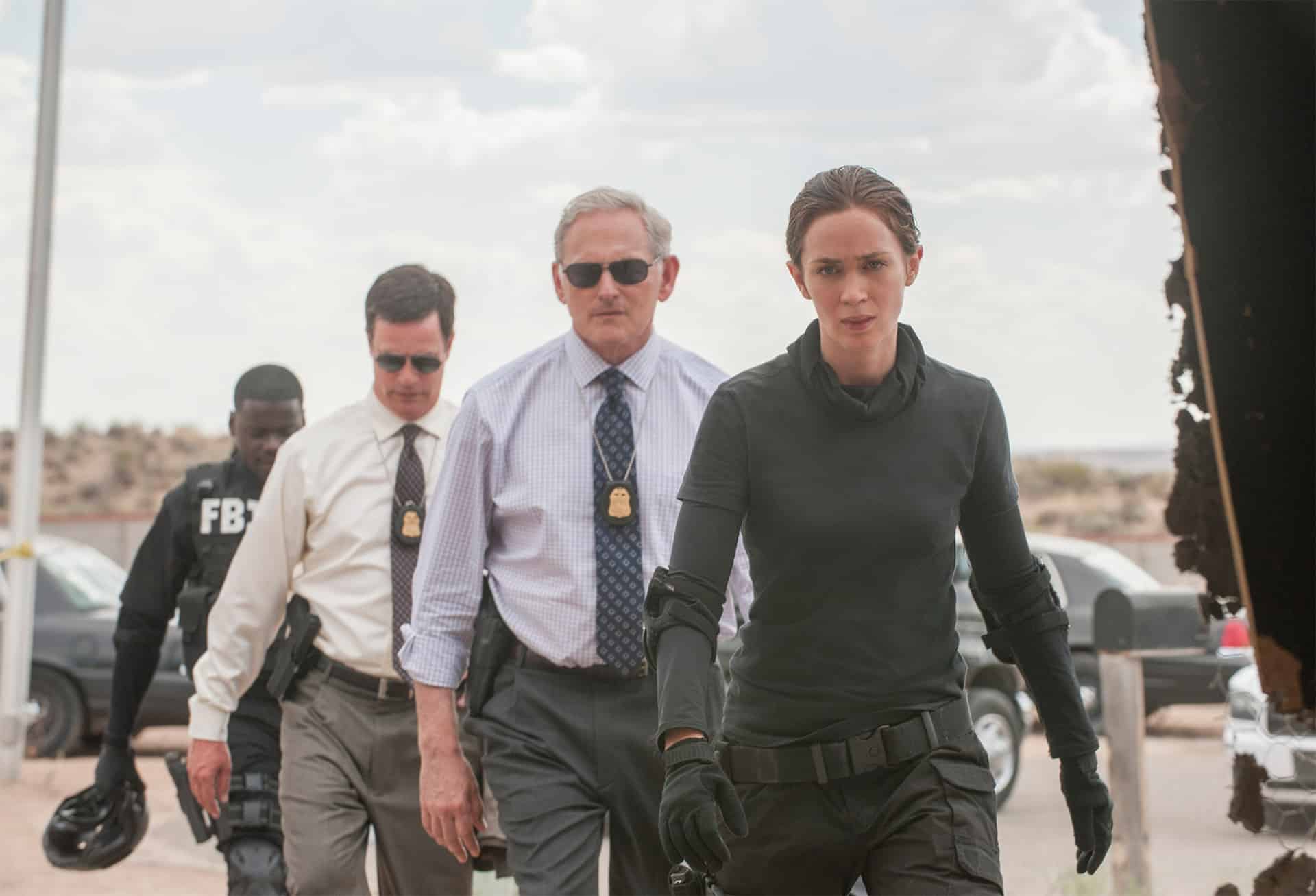
Some of these boundaries are metaphorical rather than literal. FBI Agent Kate Macer (Emily Blunt) spends most of Sicario confused and disoriented by the operation that she has joined. However, she repeatedly tries to establish ground rules. When Matt Graver (Josh Brolin) tells her to follow the lead of the mysterious Alejandro Gillick (Benicio del Toro), she replies, “I’m not authorized to follow orders from Alejandro!” Later, she protests, “I’m not a soldier. This is not what I do.”
Over the course of the film, it becomes clear that Macer has been drafted into a CIA operation on American soil to effectively provide legal coverage. Macer’s supervisor, Dave Jennings (Victor Garber), assures her that it is all technically legal. “If your fear is operating out of bounds, I am telling you, you are not,” he assures her. “The boundary’s been moved.” However, these boundaries are still very precise. Much is made of what Macer can or cannot witness. She is herself bound.
Of course, these fragile barriers and boundaries exist to be crossed. They are not strong enough to withstand attack. The film’s opening sequence literalizes this, with a truck smashing through the wall of a suburban house. During a raid on a cartel safehouse, a stray bullet reveals horrors lurking in the wall: There are countless decaying corpses arranged within the walls of the house. It is a none-too-subtle visual metaphor for what happens when these constructed barriers come tumbling down.
Sicario is populated by characters who cross these boundaries. Macer’s partner, Reggie Wayne (Daniel Kaluuya) correctly deduces that Graver is a CIA operative. “CIA’s not supposed to work this side of the fence,” he explains. The climax involves a raid into Mexico, which represents a dramatic overreach. “We have no jurisdiction in Mexico,” Macer points out. However, it is all lawless. Naturally, that operation takes place at twilight, although night vision renders it in black and white.
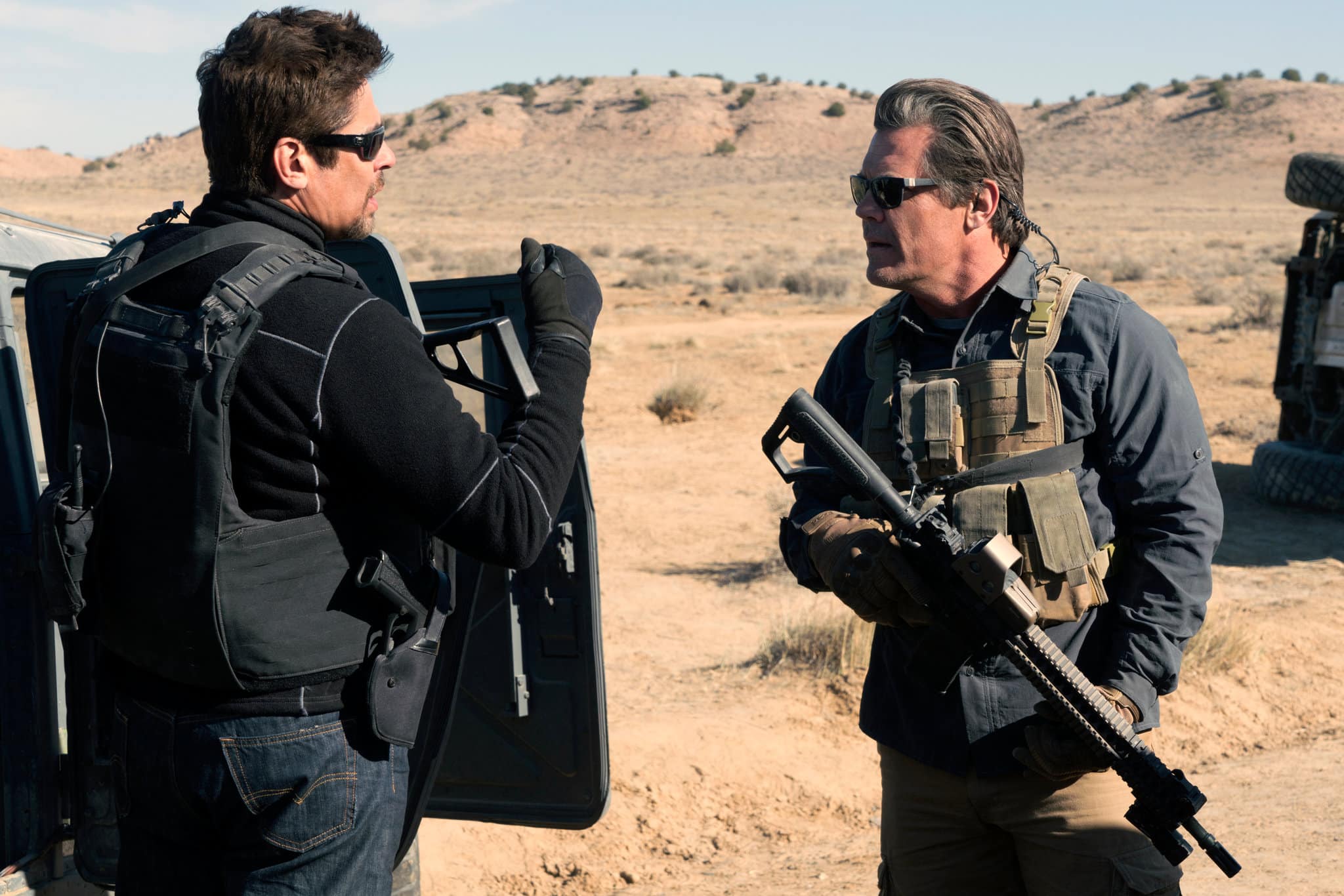
Sicario is a war movie. However, it is an abstract war movie. Although it is set against the backdrop of the War on Drugs and stars Benicio del Toro, it is not intended as a snapshot of that conflict in the way that Traffic was. While it is frequently likened to Kathryn Bigelow’s Zero Dark Thirty, it is nowhere near as precise in its frame of reference. Sicario exists at the blurred edges of the War on Drugs and the War on Terror. After all, Wayne recognizes men like Graver from his time in Iraq.
In this context, the very idea of war becomes an expression of the frontier myth. Wars provide another world to be conquered, another wilderness to be tamed. Wars provide purpose. They shape identity. They forge the most important of boundaries, the line between us and them. However, the challenge of wars is that they end. Much like the North American continent gives way to the unyielding Pacific, war gives way to peace. This is true even of ideological wars, like the Cold War.
The War on Terror and the War on Drugs are different. The War on Terror is “difficult to define” and such a war “has no end.” President George W. Bush repeatedly defined the War on Terror as “a task that does not end.” The frontier becomes limitless. Over the course of Sicario, it becomes clear that Graver is not fighting to end the war, but to perpetuate it. “What’s our objective?” Macer asks. “To dramatically overreact,” Graver replies. He is trying to “shake the tree and create chaos,” to make “noise,” to “stir the pot.”
Critics like Chris Ryan have observed that Sicario is a descendant of Francis Ford Coppola’s Apocalypse Now, a Vietnam War movie that is ultimately a meditation on mankind’s obsession with “these acts of mutual destruction.” Matt Barone described Kate Macer as “the Capt. Willard (Martin Sheen) in Sicario’s Apocalypse Now-like hell-storm of bleakness.” These comparisons are apt. Apocalypse Now was drawn from Joseph Conrad’s Heart of Darkness, lending its exploration of war a primal quality.
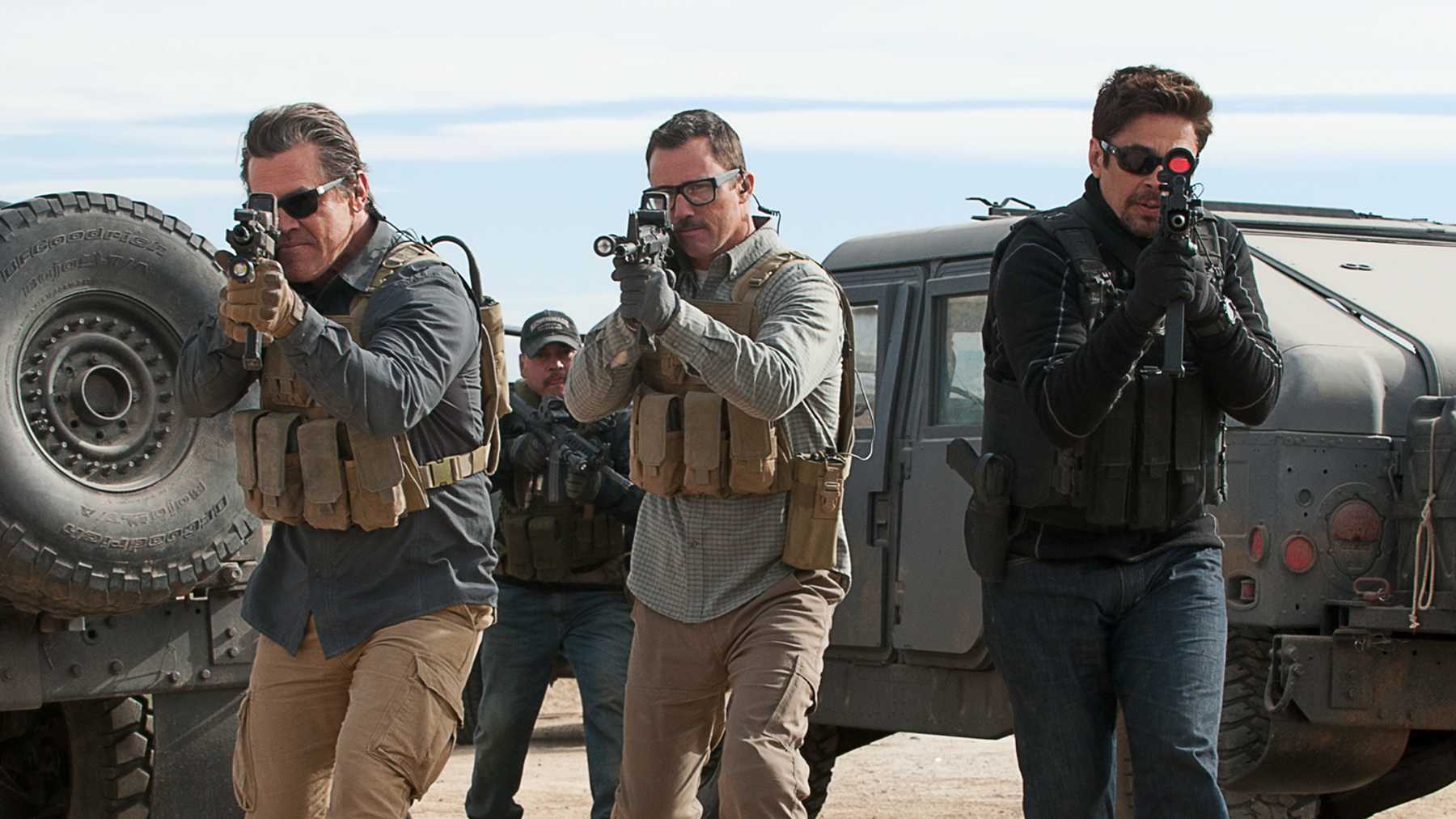
However, there is an interesting distinction to be made. In Apocalypse Now, Willard makes a linear journey down river to find and eliminate Colonel Walter E. Kurtz (Marlon Brando). As Willard embarks on his journey, he pushes deeper and deeper into madness. In the Redux cut, he even seems to journey back in time. The journey in Apocalypse Now might be as metaphorical as literal, and might be inward rather than outward, but it is still a clear progression.
In contrast, Sicario skips back and forth across the border, demonstrating that these boundaries by which the characters define themselves are ultimately meaningless. CIA operative Steve Forsing (Jeffrey Donovan) evokes hell in his description of Juarez as “the Beast,” but the underworld is not exclusive to one side of the border. As he prepares to waterboard Guillermo Díaz (Edgar Arreola), Alejandro taunts the captive, “Now you’ll learn what’s hell in Yankee land.”
Villeneuve’s camera is repeatedly drawn to the rubber bands that hold the cartel’s money. After a raid outside a Texan bank, itself a western trope, the film lingers on the loose bands as agents gather up the cash. Later, a senior cartel figure fidgets with a band as he watches the news. Texan police officer Ted (Jon Bernthal) exposes himself as a cartel operative when he pulls a band from his pocket. These bands seem a more honest reflection of the situation than the film’s rigid lines: They are flexible, there’s no beginning or end, and they loop around.
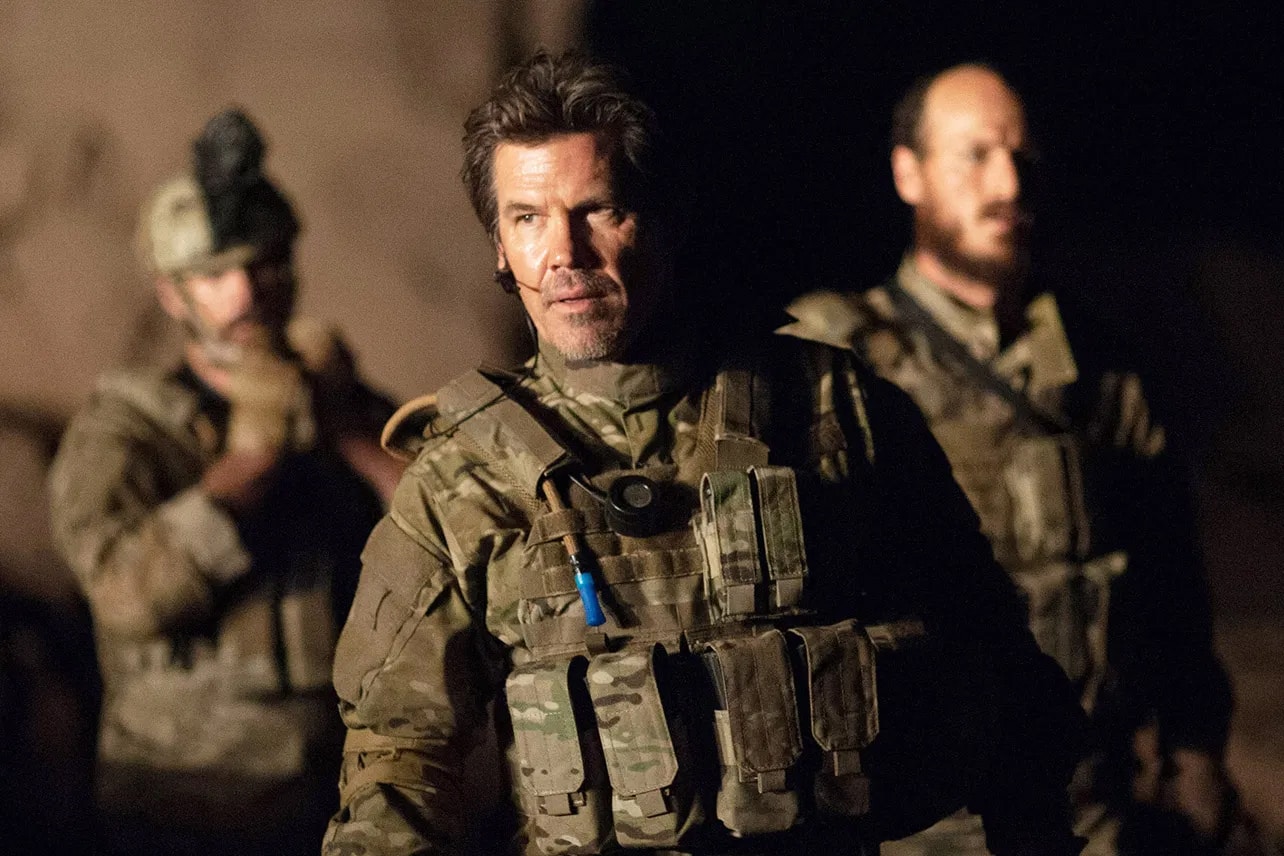
Sicario is full of twisted reflections. Graver rejects Wayne from his task force because there are “no lawyers on this train,” even though Alejandro used to be a prosecutor in Mexico. Alejandro’s entire family was brutally murdered at the behest of Fausto Alarcón (Julio Cesar Cedillo), and he responds by brutally murdering Alarcón’s family. Before he dies, Alarcón asks, “Do you think the people that sent you here are any different? Who do you think we learned it from?”
This equivalence runs through Sicario. Díaz’s prisoner convoy is attacked at the border crossing. “What are the rules here?” asks one voice in the radio, as the tension heightens. “We must be engaged to engage,” comes a response. When the team asks whether they can leave their vehicles to establish a protective parameter, they are instructed, “You can do what they do. If they get out, you get out.” The border is no longer a boundary, but a mirror.
This is the horror of Sicario’s frontier war, a conflict waged for no greater purpose than to perpetuate its own existence. In its own way, this is a purer distillation of the idea of war than that depicted in Apocalypse Now; here is no progression, no journey, no introspection. There is only a forever war — and with it a forever frontier.

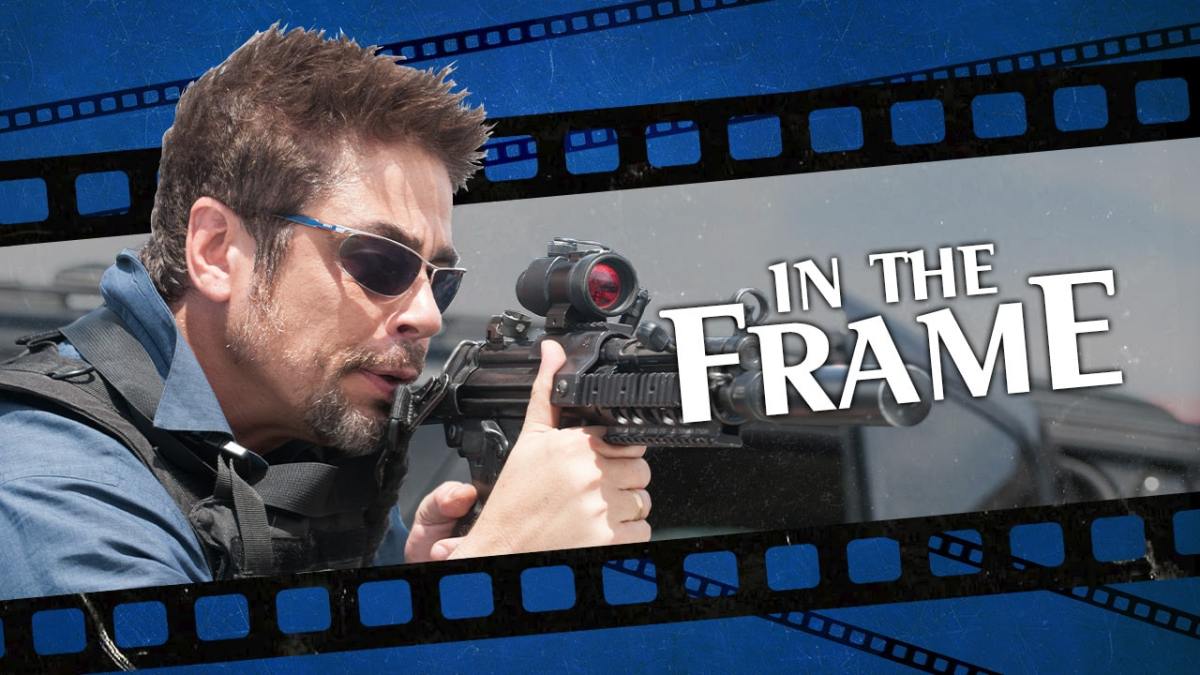




Published: Sep 4, 2020 11:00 am